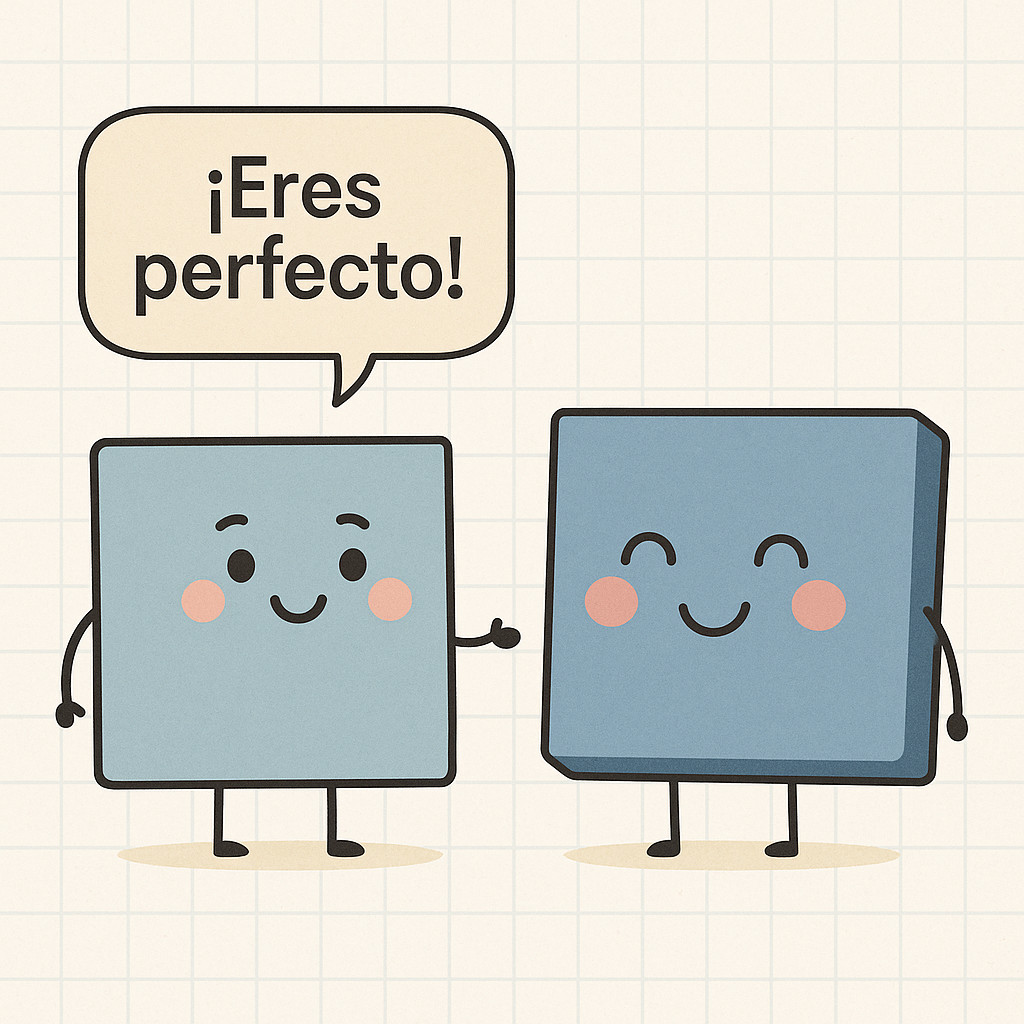A Mathematical Challenge:

Find a four-digit natural number of the form \( n = \overline{aabb} \) that is a perfect square.
Note: The solution is expected to avoid brute-force methods and instead rely on conceptual analysis before attempting numerical trials.
Solution:
Starting with the number in the form \( n = \overline{aabb}_{10} \), we expand it using positional notation:
1. Divisibility by 11
To analyse the expression \(100a + b = (a0b)_{10}\), we apply the divisibility rule for 11:
For the number \((a0b)_{10}\):
- Hundreds digit: \(a\) (odd position)
- Tens digit: \(0\) (even position)
- Units digit: \(b\) (odd position)
Applying the rule:
Since \(a\) and \(b\) are digits (\(1 \leq a \leq 9\), \(0 \leq b \leq 9\)), the only possibility is:
2. Algebraic development
Substituting into the original expression \(n = 11(100a + b)\), we get:
For \(n\) to be a perfect square, \(9a + 1\) must also be a perfect square. That is, there exists a natural number \(x\) such that \(9a + 1 = x^2\).
5. Final Answer
We conclude that:
is the only perfect square of the form \( \overline{aabb} \).
If you’ve followed the reasoning carefully this far, you might enjoy going a bit further and exploring the history and original sources of this problem .